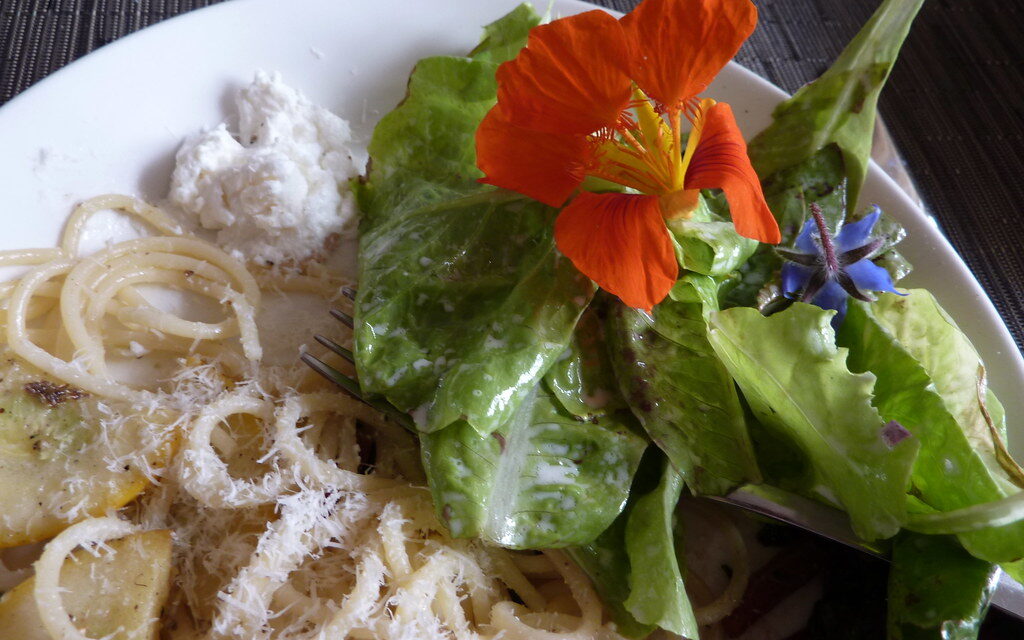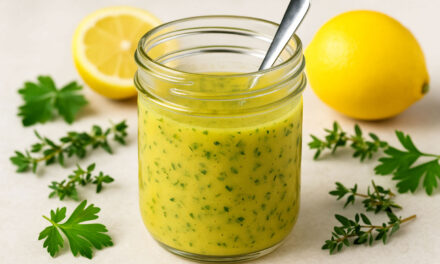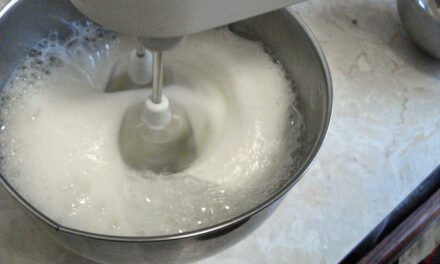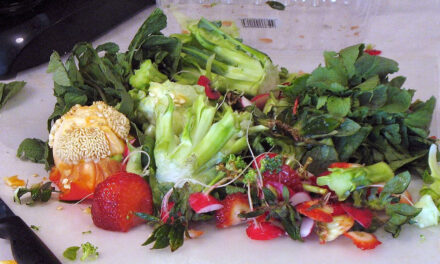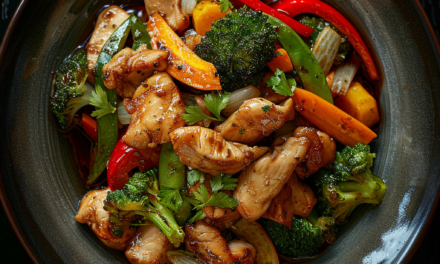Edible flowers are a beautiful and flavorful way to enhance your culinary creations. Not only do they add vibrant color and texture, but many edible flowers also offer unique flavors that can elevate both sweet and savory dishes. Incorporating flowers into your meals is an art that brings nature’s beauty straight to the table.
How to Use Edible Flowers in Cooking:
- Choose Safe Flowers:
Before using flowers in cooking, ensure they are safe to eat. Common edible flowers include pansies, nasturtiums, violets, dandelions, chive blossoms and marigolds. Always use flowers grown specifically for consumption, as many garden flowers may be treated with pesticides or chemicals not meant for consumption. - Flavor Profiles:
Different flowers have distinct flavors. For example, nasturtiums have a peppery taste, similar to arugula, while violets are sweet and delicate. Lavender has a floral, slightly minty flavor, and chrysanthemums can offer a mild, slightly bitter taste. - Incorporating into Dishes:
Edible flowers can be used in various ways, such as garnishing salads, desserts, or cocktails. They can also be added to baked goods like cakes, scones, or cookies. For savory dishes, flowers like nasturtiums or chive blossoms can add color and a pop of flavor.
Why Edible Flowers Are Important:
Using edible flowers in cooking adds both flavor and visual appeal to dishes. Not only do they brighten up the plate, but they also introduce new and subtle flavor profiles that can surprise and delight your guests. Edible flowers are an easy way to incorporate the beauty of nature into your meals, making them both visually and gastronomically appealing.
Incorporating edible flowers into your dishes is a simple yet sophisticated way to enhance your culinary repertoire, especially in early spring when flowers like pansies and violets are at their peak.

